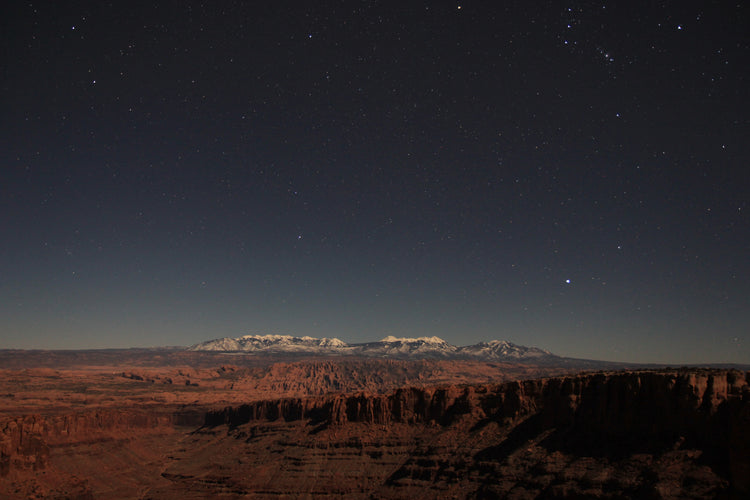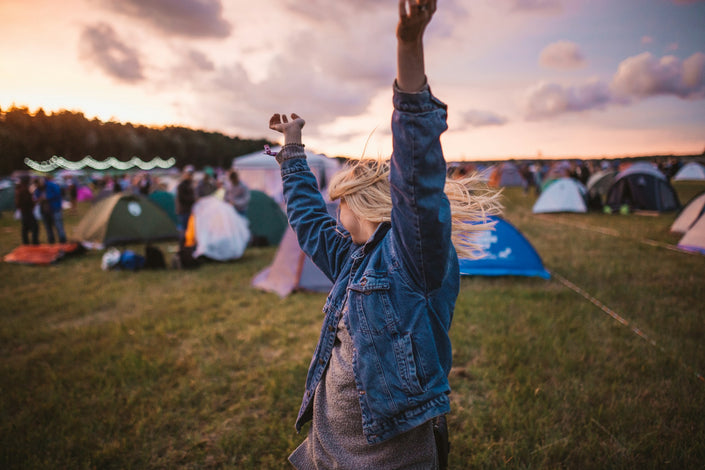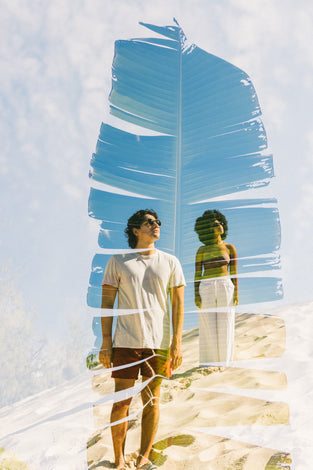When it comes to nights spent outside, it’s pretty hard to beat a star-studded sky. And the best stargazing spots all have something in common: cloudless skies free of light pollution. Luckily for the adventure-chasing crowd, these are often the conditions on backcountry camping trips.
If you live in a city, seeing the stars at night on your annual backpacking trip may be just what you need to center yourself and reconnect with nature. Even if you live in a rural place, odds are you still experience a little light pollution at home that makes your camping sky all the more awe-inspiring.
Slide off the grid for sunny days and starry nights! Hike out to the best stargazing spots! It’s the perfect recipe for a mentally refreshing getaway. So check out our recommendations for spectacular stargazing spots in the Western U.S. and get stoked for your next backpacking adventure.
Desert Stargazing Spots
Death Valley National Park
While backpacking in Death Valley is a challenge with a specific time window, the stargazing spots you’ll find in this park are touted as one of the most epic. With some of the lowest light interference in the world, Death Valley earned itself a gold-tier rating with the International Dark Sky Association. In other words: there are astronomical objects in Death Valley’s night sky that can’t be seen elsewhere in the world. The exploration of stargazing spots is practically unparalleled.
Heading into the Death Valley backcountry is guaranteed to be a unique experience, but the stars make it a round-the-clock showstopper. These trips definitely require extra planning and attention (ICYMI, it’s one of the hottest places in the world and has hit temperatures of 134 degrees), but the solitude you’ll find here is the perfect reprieve from the busyness of day-to-day life. The park has some tips for planning your trip and making sure you stay safe and hydrated.

Death Valley starry expanse, photographed by Wilson Ye
Rainbow Bridge National Monument, UT
Managed by the National Park Service, the Rainbow Bridge is a designated dark sky sanctuary. In part, Rainbow Bridge earned this title to promote conservation of cultural heritage—it’s one of the longest known natural bridges, carved from the last glacial age, and is sacred to local Native American tribes. As far as stargazing spots go, Rainbow Bridge is remarkable. Perfect for the adventurer craving an stunning and introspective trek.
Backpacking to Rainbow Bridge is the best way to make the most of the astral experience. Rainbow Bridge is also situated between several dark parks, like Grand Canyon, Canyonlands, and Capitol Reef, so if you can’t secure permits to get to the bridge, you can find other multi-night excursions at other desert parks.

Warming up by Lake Powell as the stars emerge, photographed by Jeremy Bishop
Mountain Stargazing Spots
Great Sand Dunes National Park, CO
With a dark park distinction, the Great Sand Dunes can give you a mystical, magical nighttime experience. Surrounded by rocky and sandy mountains alike, this is one of those stargazing spots that will keep you reminiscing for years.
Backpacking is possible at Great Sand Dunes, and a rad feature of this park is the pure serenity. Monitoring by the National Park Service has actually shown that the Great Sand Dunes is one of the quietest parks! Since peaceful exploration is arguably the point of going into the backcountry, this feature earns the Great Sand Dunes major bonus points in our book.
If you’re looking for the stillness of the night to refresh your thoughts, Great Sand Dunes is the place to hit. And all while under an awe-inspiring celestial sky? Can’t be beat!

Exploring the sand dunes at night, photographed by Josh Gordon
Dark Sky Reserve, Central ID
Spanning from Ketchum to Sun Valley to Stanley, the dark sky reserve in Central Idaho is the first (and only) dark sky reserve in the United States. This large swath of land is one of those stargazing spots where you can truly hop off the grid and find some quiet reprieve.
Situated in the Sawtooth Mountains, this dark sky reserve offers recreation abundant, with plenty of stargazing spots to go around. Two wilderness areas lie in the heart of the premier stargazing, the Sawtooth Wilderness and the Cecil D. Andrus-White Clouds Wilderness. Here, you can definitely get out into the backcountry and relish in the views of the luminous night sky. A genuine, restorative digital detox.

Clear, crisp stars above the forest canopy, photographed by Jason Buscema
Conservation & Mindfulness
The Sunski community is full of nature lovers, sun chasers, and tree huggers. We all share a deep appreciation for the beauty of the planet, and that’s pretty damn special. So it only feels necessary to affirm that these Dark Sky Places are in need of protection. There’s a reason these places are all stargazing spots: they are remote, rugged, and untainted by human impact.
Some of these dark sky designations earned their titles because of their fragility. Keeping these otherworldly skies pristine starts on the ground. We know this as earth-friendly adventurers, but as always, pack in what you pack out and leave no trace!
If you need sustainable essentials for your trek out to stargazing spots, nab a Shoulder Season or Winter Sun Beanie. Or a Type-1 Fun Sling, the perfect buddy for your overnight pack.
Meet the Author

Along with writing blogs for Sunski, Madison creates nature books for kids. She grew up with BLM land in her backyard, which fueled her affinity for adventure and epic stories. In her spare time, she enjoys swimming, camping, and reading under the sun.



